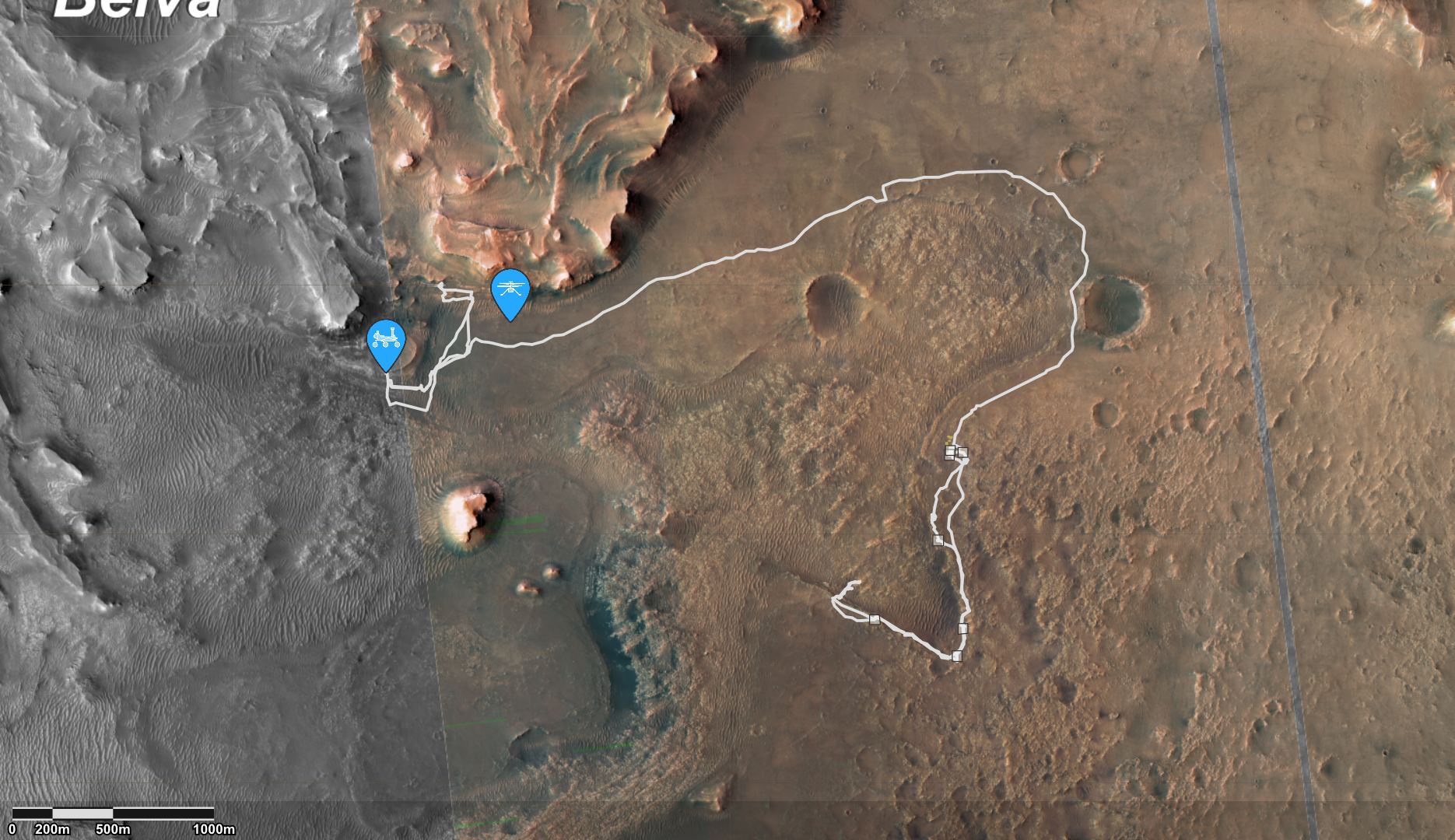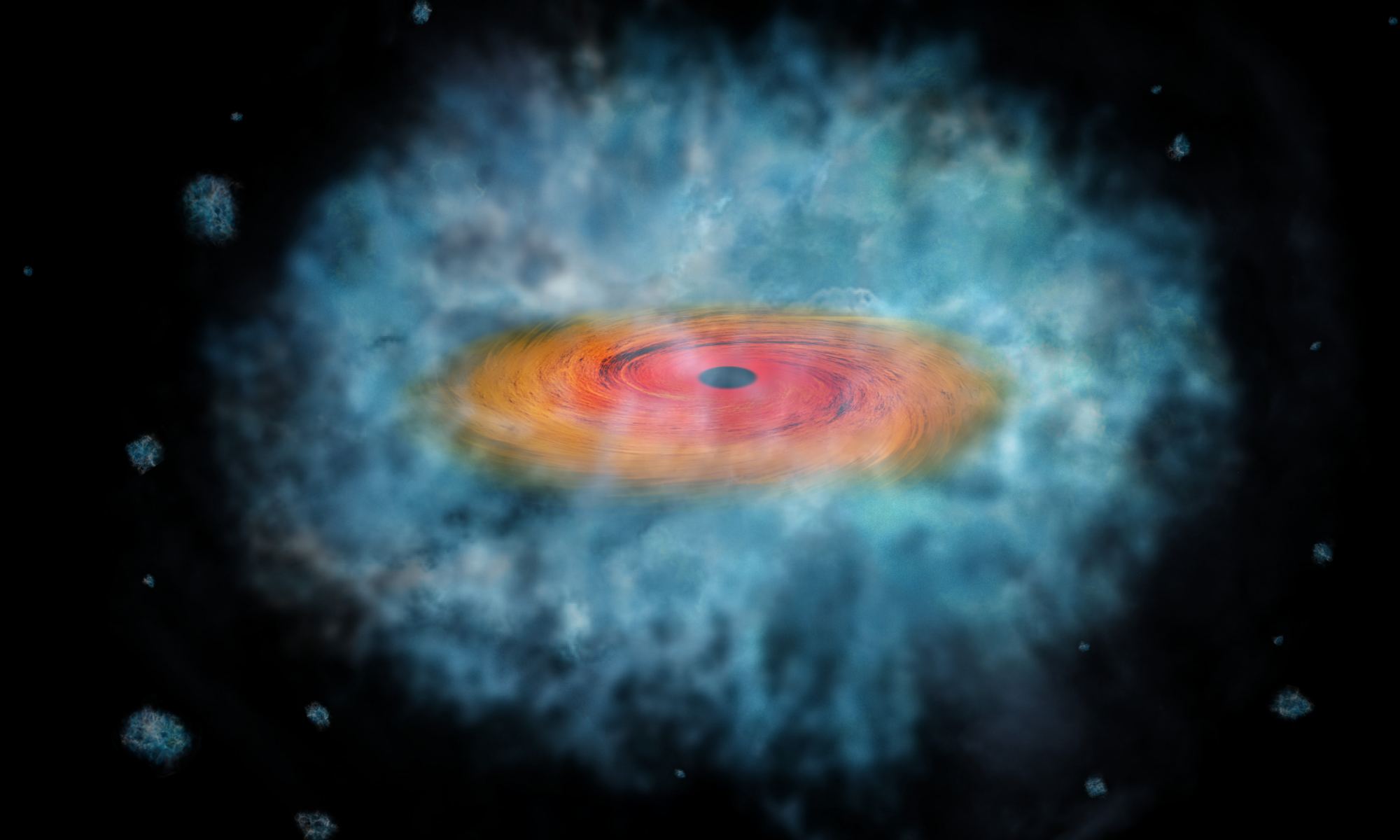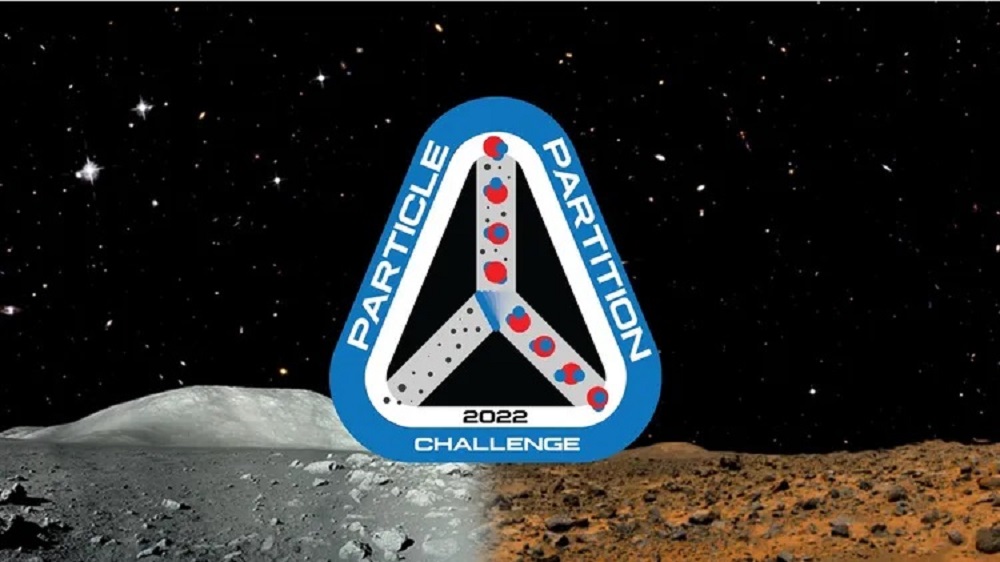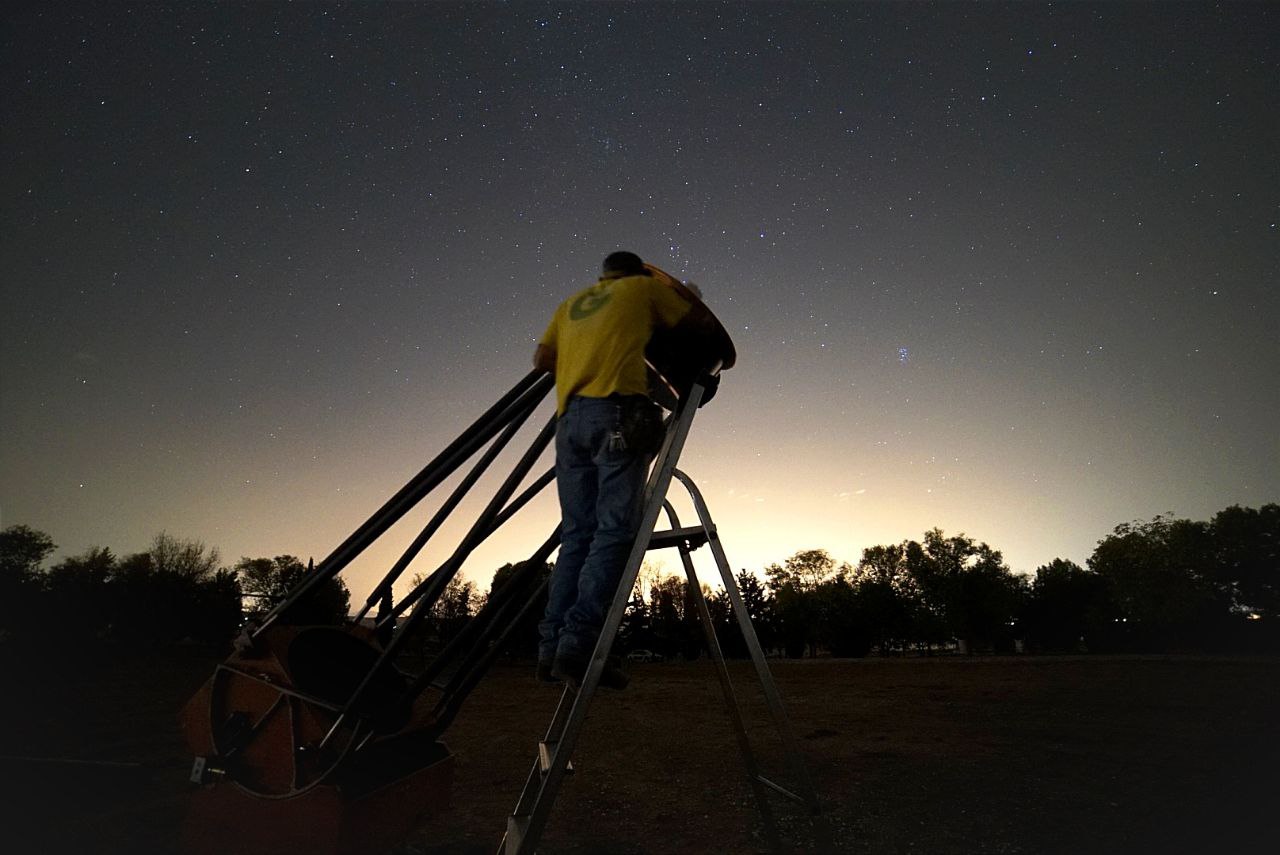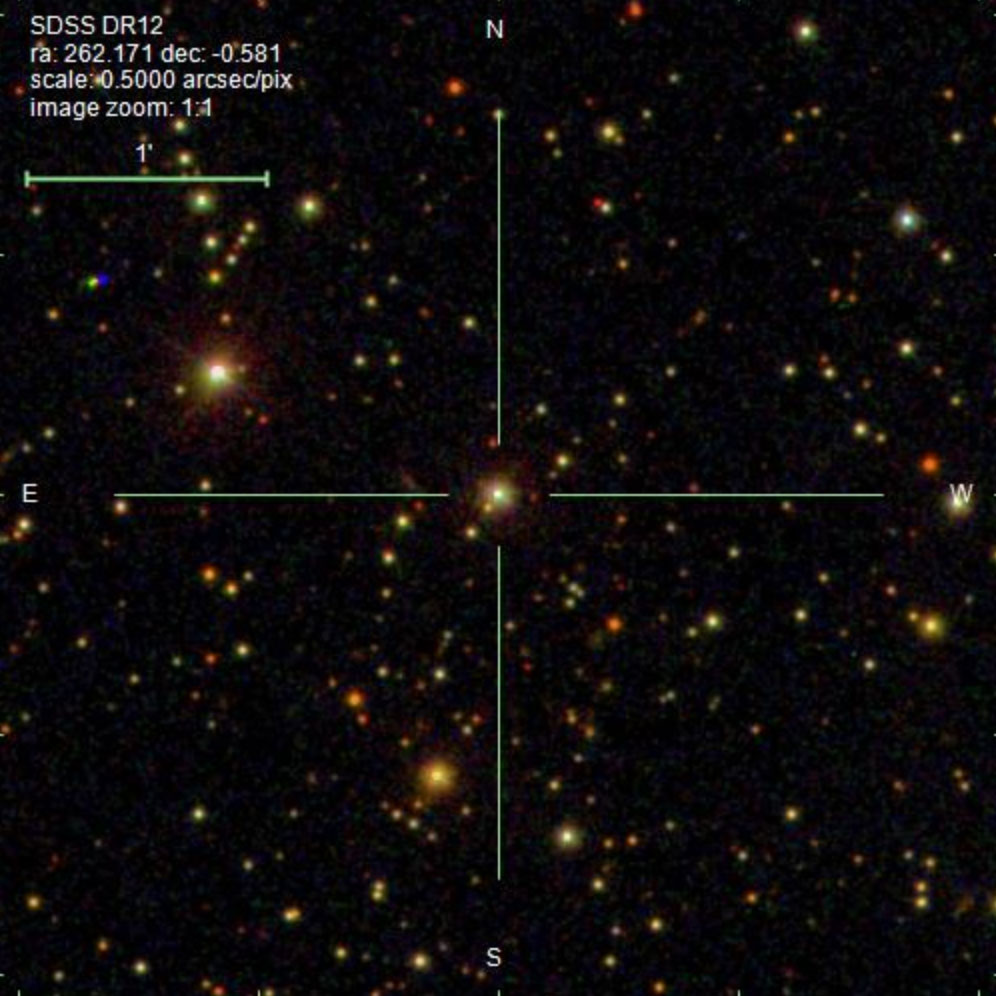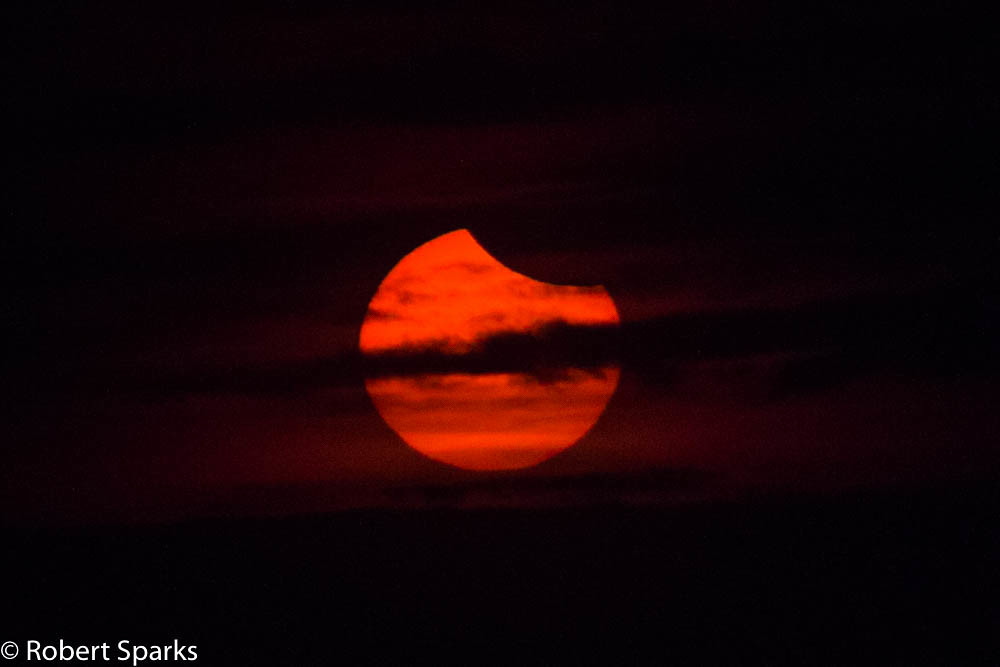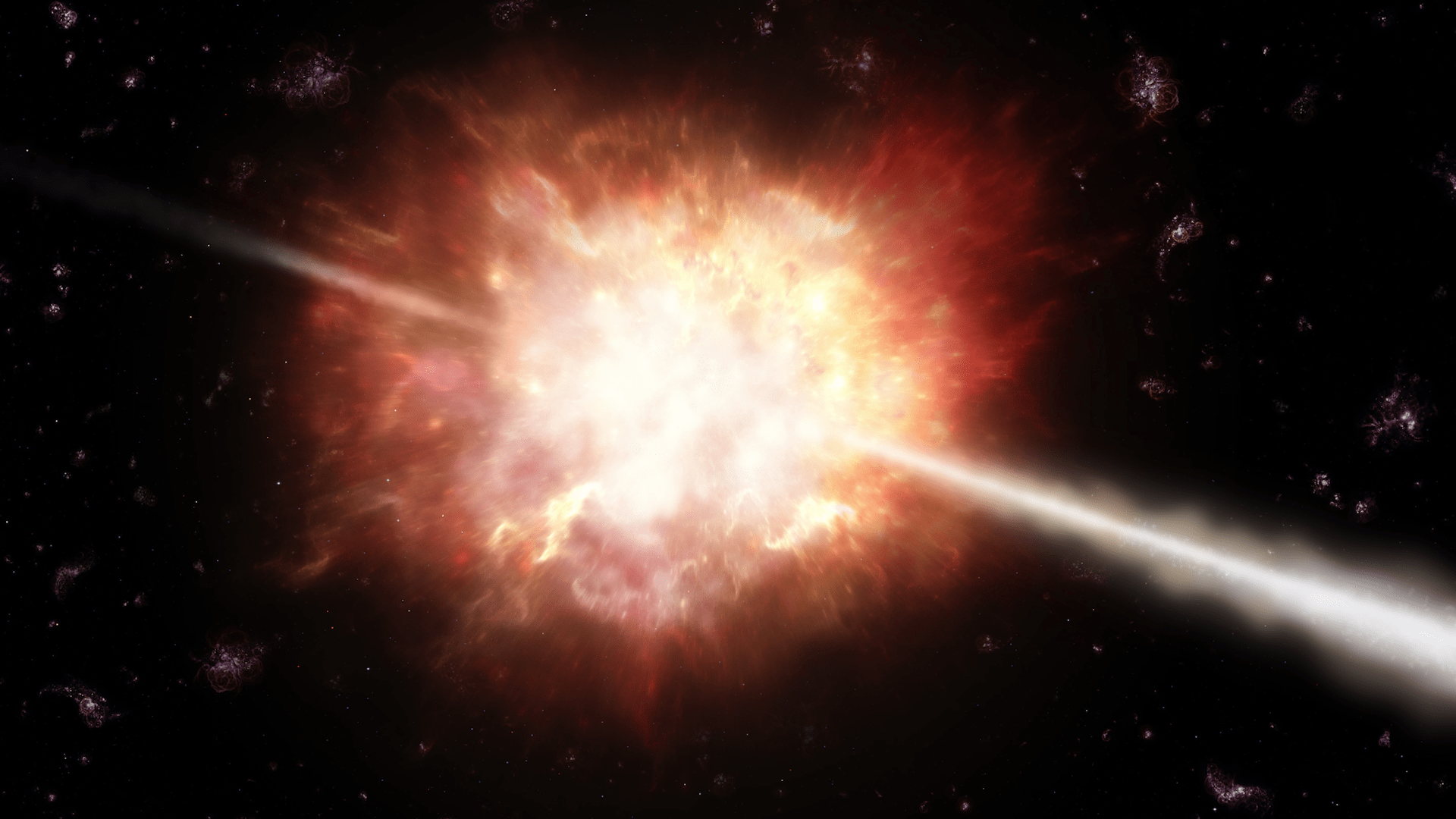On May 1st, 2009, after five years on the Martian surface, the Spirit rover got stuck in a patch of soft sand (where it would remain for the rest of its mission). On February 13th, 2019, NASA officials declared that Spirit’s sister – the Opportunity rover – had concluded its mission after a planetary dust storm forced it into hibernation mode about seven months prior. And in March 2017, the Curiosity rover’s wheels showed signs of their first break, thanks to years of traveling over rough terrain. Such are the risks of sending rover missions to other planets in search of discoveries that can lead to scientific breakthroughs.
But what constitutes an acceptable risk for a robotic mission, and when are mission controllers justified in taking them? As it turns out, a pair of researchers from the Robotics Institute‘s School of Computer Science at Carnegie Mellon University (CMU) in Pittsburgh have developed a new approach for weighing the risks against the scientific value of sending planetary rovers into dangerous situations. The researchers are now working with NASA to implement their approach for future robotic missions to the Moon, Mars, and other potentially-hazardous environments in the Solar System.
Continue reading “When Should Robots Take Risks Exploring Other Worlds?”
